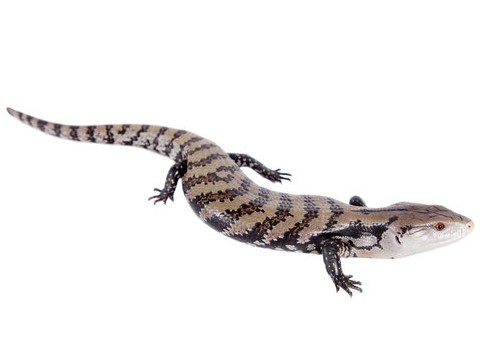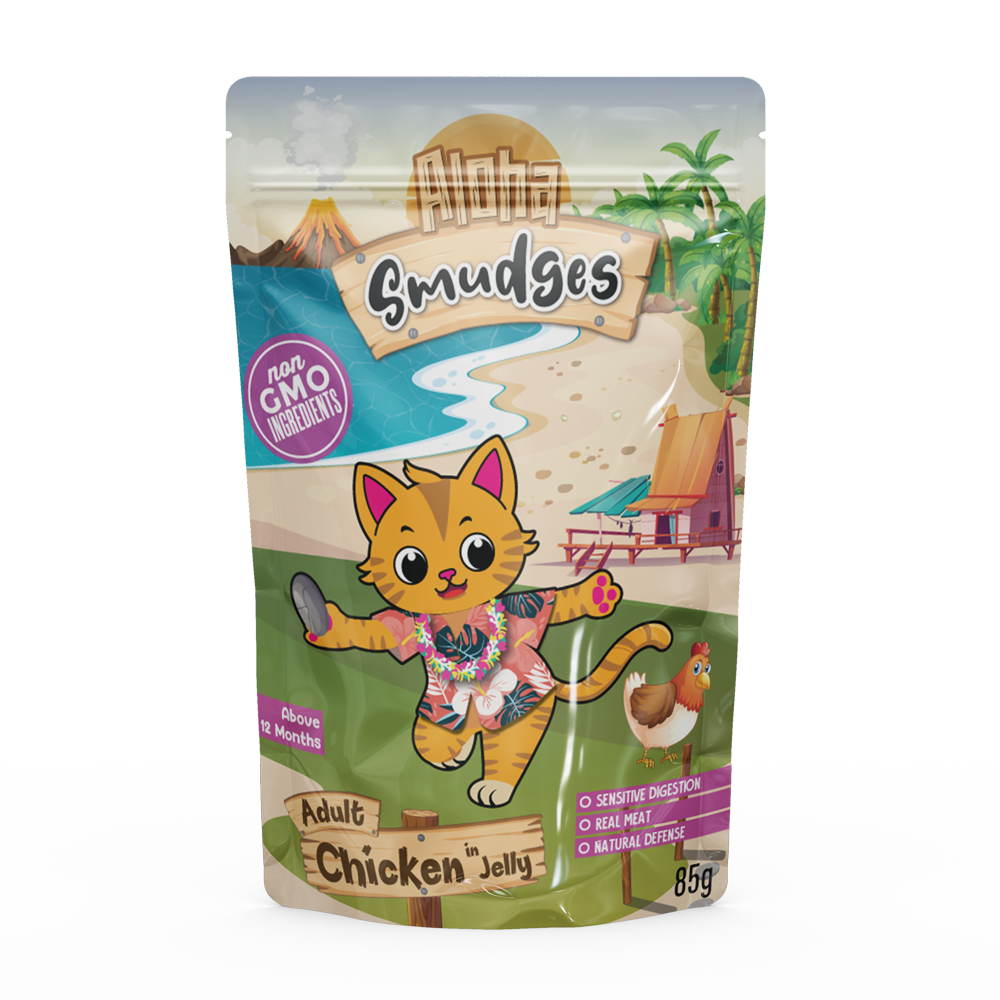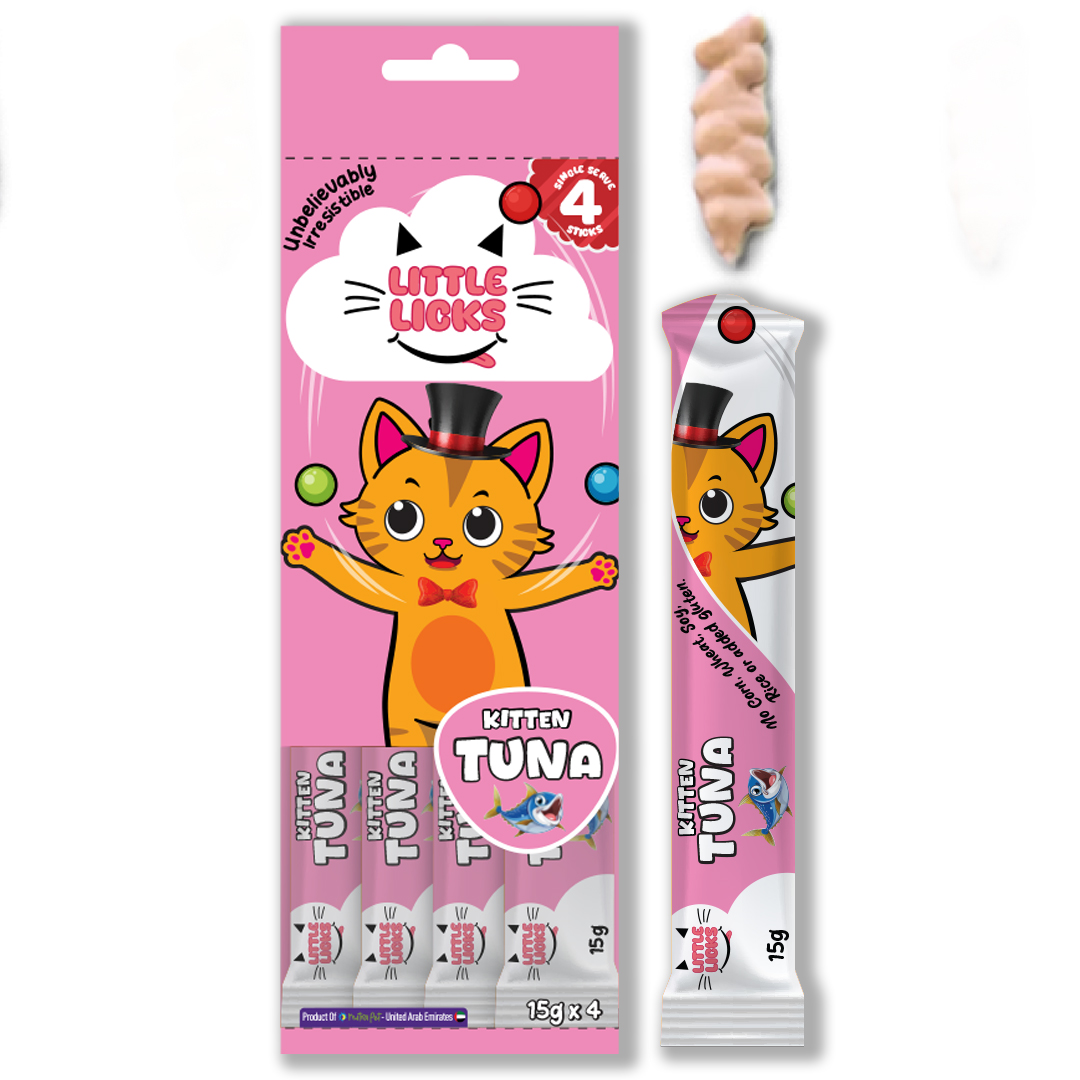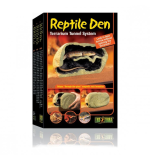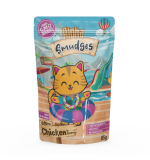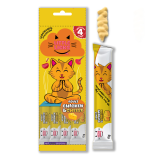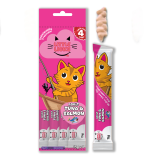Certainly! Blue-tongued skinks are popular pet reptiles known for their distinctive blue tongues and docile temperament. They are relatively easy to care for, making them a great choice for both novice and experienced reptile enthusiasts. Here’s a comprehensive guide on how to care for a blue-tongued skink:
### 1. **Habitat Setup**
#### Enclosure
- **Size**: A minimum of a **40-gallon tank** is recommended for adult blue-tongued skinks. Larger enclosures (75 gallons or more) provide additional space for movement.
- **Type**: A glass terrarium is ideal, as it provides good visibility and can maintain humidity levels. Ensure the enclosure has a secure lid.
#### Substrate
- **Options**: Use a substrate that holds moisture well, such as coconut fiber, cypress mulch, or aspen shavings. Avoid sand and other loose substrates, as they can cause impaction if ingested.
#### Hiding Spots and Decor
- **Hiding Spots**: Provide multiple hiding spots using commercial hides, rocks, or logs. Skinks feel secure when they have places to retreat to.
- **Climbing Structures**: Blue-tongued skinks are not primarily arboreal but appreciate a few low branches or rocks to climb on.
### 2. **Temperature and Lighting**
#### Temperature
- **Basking Spot**: 90°F - 100°F (32°C - 38°C)
- **Cool Side**: 75°F - 85°F (24°C - 29°C)
- **Nighttime Temperature**: 65°F - 75°F (18°C - 24°C)
Use a heat lamp or ceramic heat emitter to achieve the required temperatures. Always use a thermometer to monitor temperature levels.
#### Lighting
- **UVB Lighting**: Provide a UVB bulb (5.0 or 10.0 UVB) to help synthesize vitamin D3, which is essential for calcium absorption. Replace UVB bulbs every 6-12 months.
- **Photoperiod**: A 12-hour light/dark cycle is recommended to mimic natural conditions.
### 3. **Humidity**
- **Levels**: Maintain humidity levels between **40% - 60%**. Higher humidity is beneficial during shedding.
- **Misting**: Lightly mist the enclosure occasionally to maintain humidity levels, especially in dry climates.
### 4. **Feeding**
#### Diet
- **Protein**: Blue-tongued skinks are omnivorous. They require a balanced diet consisting of:
- **Insects**: Crickets, mealworms, roaches, and silkworms.
- **Fruits**: Offer fruits like berries, apples, and mangoes as treats.
- **Vegetables**: Leafy greens (collard greens, kale) and other vegetables (carrots, squash) should make up a significant portion of their diet.
#### Feeding Schedule
- **Juveniles**: Feed daily, offering a variety of foods.
- **Adults**: Feed every other day, adjusting the diet based on individual preferences and nutritional needs.
### 5. **Hydration**
- **Water**: Provide a shallow dish of fresh water at all times. Blue-tongued skinks may also benefit from occasional soaking in lukewarm water for hydration.
### 6. **Handling**
- **Temperament**: Blue-tongued skinks are generally calm and can become accustomed to handling. They are known to be more tolerant of human interaction compared to some other reptiles.
- **How to Handle**: Support their body and avoid grabbing them from above. Start with short handling sessions (5-10 minutes) and gradually increase as they become more comfortable.
### 7. **Health Care**
- **Regular Checks**: Monitor your skink for signs of illness, such as lethargy, lack of appetite, abnormal shedding, or signs of respiratory issues (e.g., wheezing).
- **Shedding**: Ensure proper humidity to aid in shedding. If shedding becomes problematic, increase humidity levels or provide a humid hide.
- **Veterinary Care**: Regular check-ups with a reptile-savvy veterinarian are recommended, especially if you notice any health issues.
### 8. **Behavior and Enrichment**
- **Activity**: Blue-tongued skinks are diurnal and enjoy exploring their environment. They may bask under a heat source or hide during the day.
- **Environmental Enrichment**: Provide various hiding spots, climbing opportunities, and items to explore to stimulate their natural behaviors.
### 9. **Breeding**
- **Breeding Season**: If you are interested in breeding, blue-tongued skinks typically breed in the spring. Males will display courtship behaviors, such as head-bobbing and chasing.
- **Live Birth**: Unlike many reptiles, blue-tongued skinks give birth to live young instead of laying eggs. The gestation period is about 3-4 months.
### 10. **Lifespan and Growth**
- **Lifespan**: With proper care, blue-tongued skinks can live 15 years or more in captivity.
- **Growth Rate**: Juveniles grow quickly and can reach maturity within a year, depending on diet and care.
### 11. **General Tips**
- **Research**: Always research thoroughly and understand the specific needs of blue-tongued skinks before bringing one home.
- **Community**: Joining online forums or local reptile groups can provide valuable support and resources for new owners.
### Conclusion
Caring for a blue-tongued skink requires attention to their habitat, diet, and health, but they can make excellent pets with their friendly nature and unique appearance. By providing the right environment and care, you can enjoy a healthy and happy blue-tongued skink for many years. If you have any specific questions or need further information, feel free to ask!

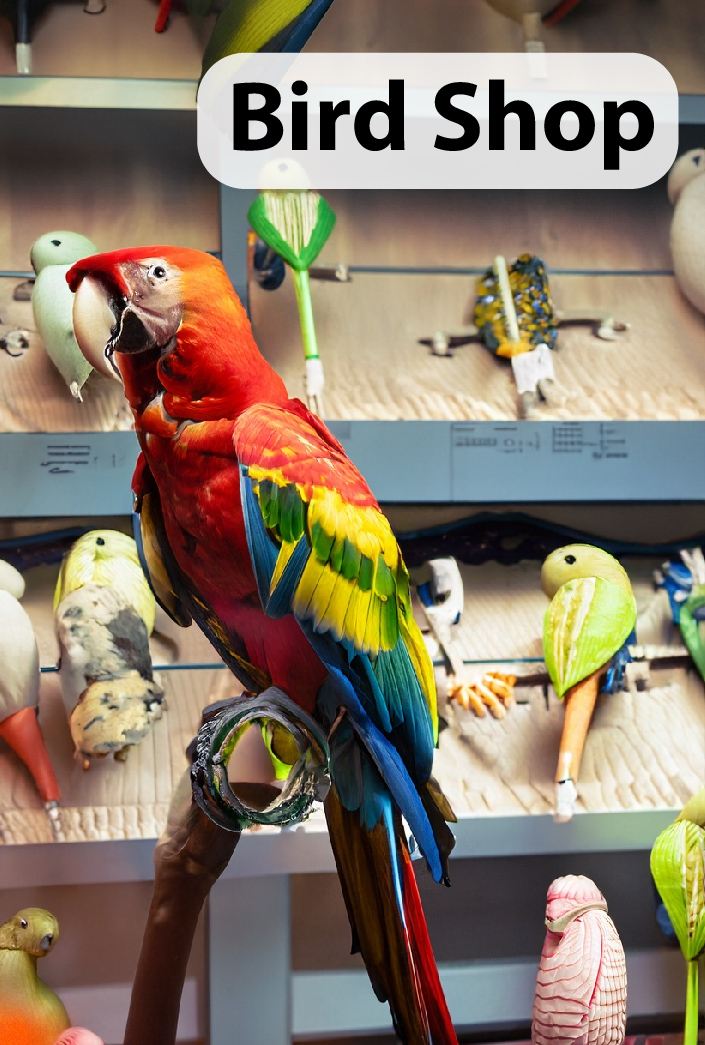


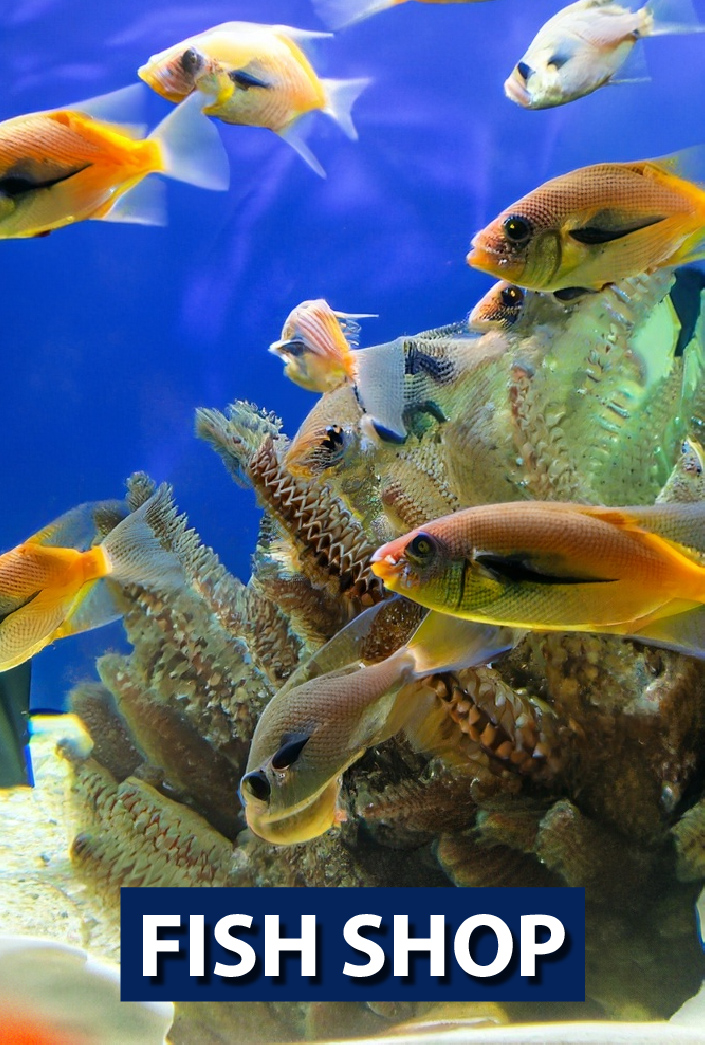
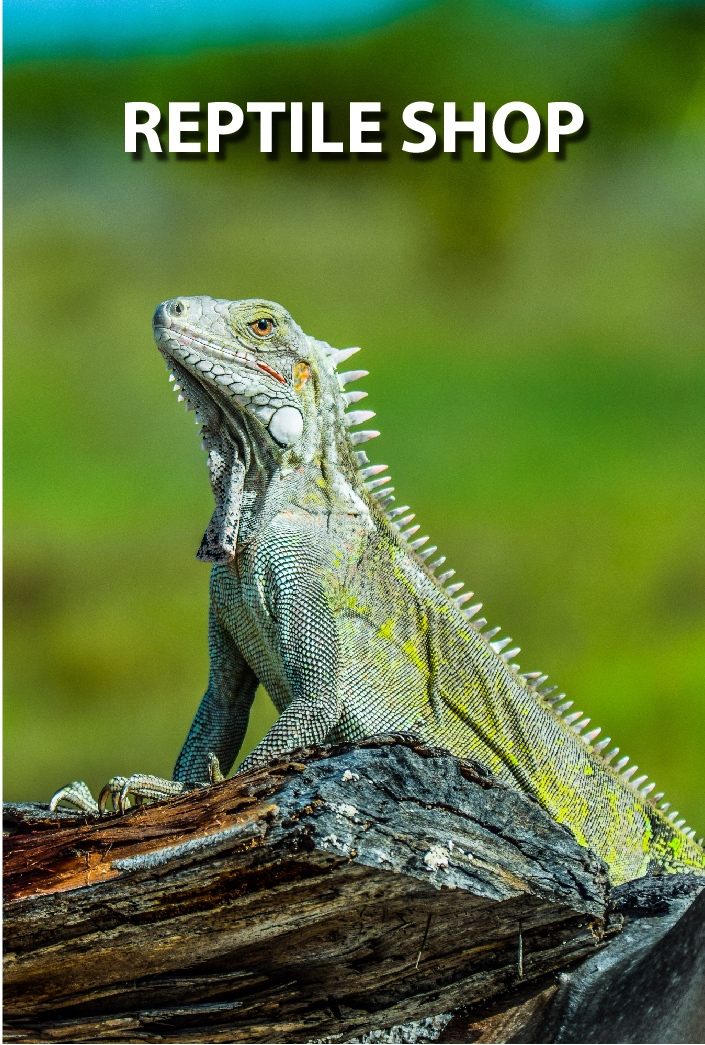
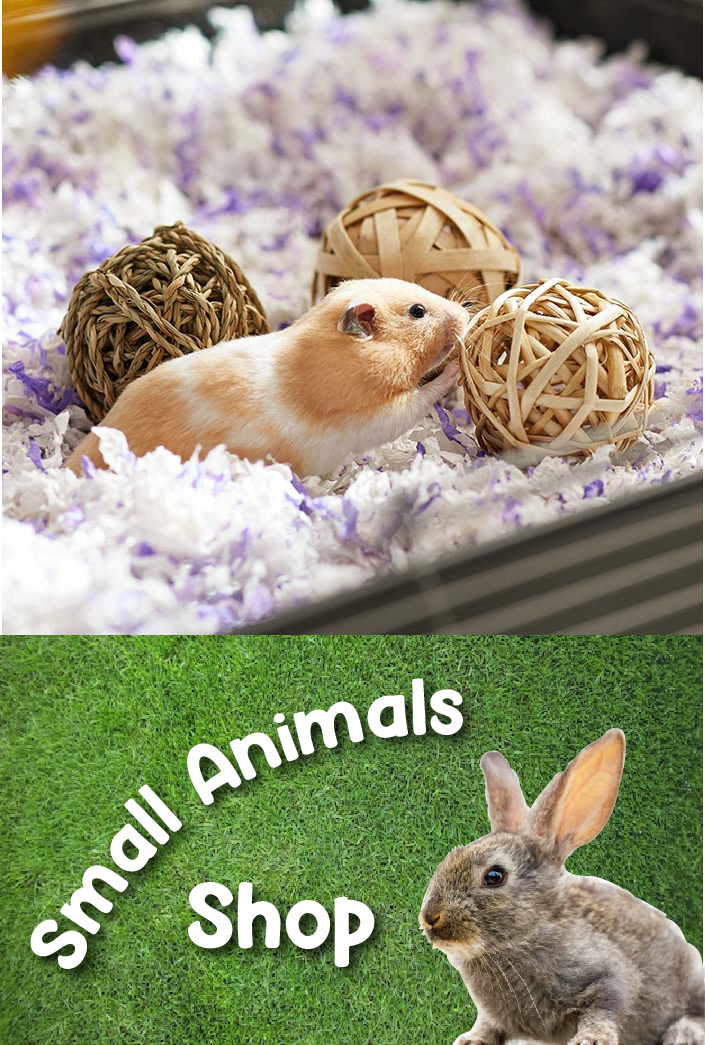
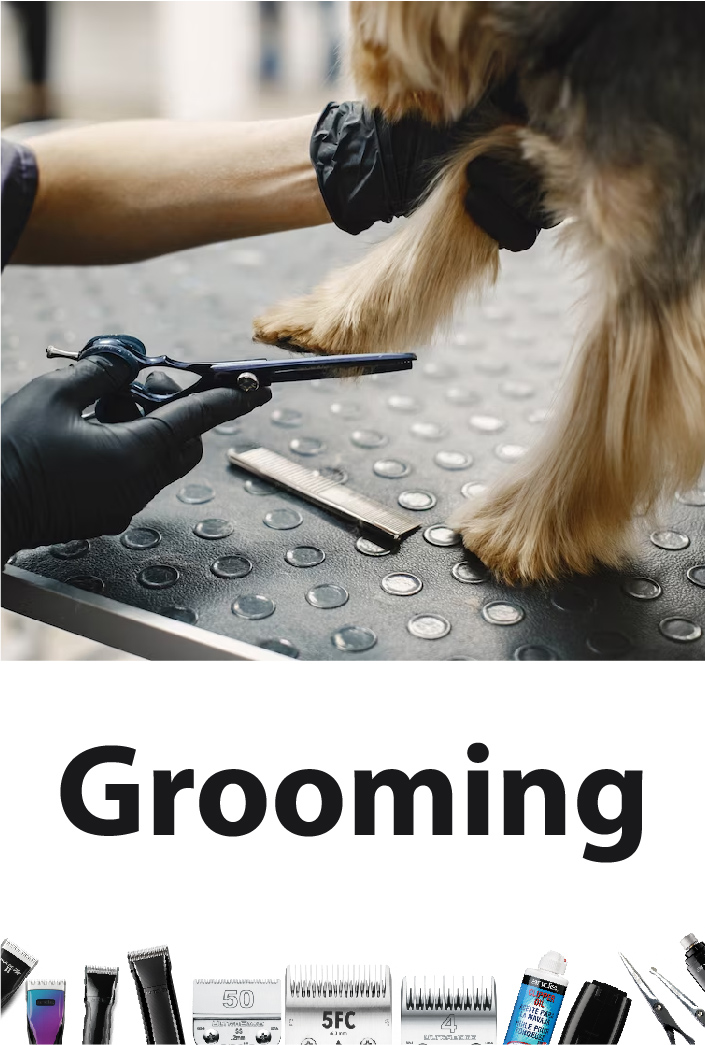



 Next Day Delivery
Next Day Delivery
 60 Min Delivery
60 Min Delivery







